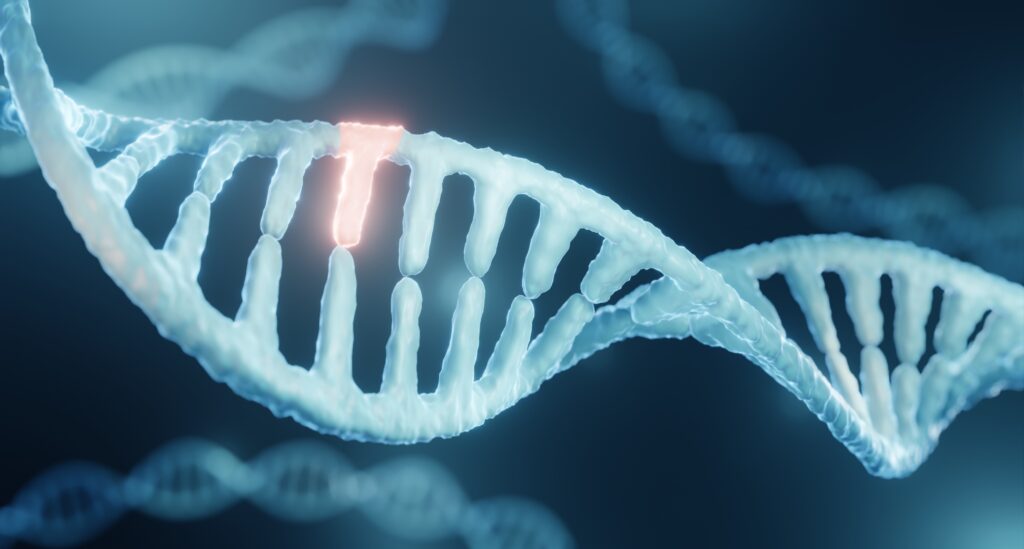Dear Readers,
An interesting paper appeared recently in the New England Journal of Medicine. (1) The workers there discovered some new mutations which confer some resistance to malaria on human blood cells in the lab. (Their usefulness in nature has not yet been nailed down.) The relevance to my analysis in The Edge of Evolution is that, like other mutations that help with malaria, these mutations, too, are ones which degrade the function of a normally very useful protein, called pyruvate kinase. As the workers note:
“[H]eterozygosity for partial or complete loss-of-function alleles . . . may have little negative effect on overall fitness (including transmission of mutant alleles), while providing a modest but significant protective effect against malaria. Although speculative, this situation would be similar to that proposed for hemoglobinopathies (sickle cell and both -thalassemia and -thalassemia) and G6PD deficiency. . .”
This conclusion supports several strong themes of The Edge of Evolution which reviewers have shied away from. First, that evenbeneficial mutations are very oftendegradative mutations. Second, it’s a lot faster to get a beneficial effect (if one is available to be had) by degrading a gene than by making specific changes in genes. The reason is that there are generally hundreds or thousands of ways to break a gene, but just a few to alter it beneficially without degrading it. And third, that random mutation plus natural selection is incoherent. That is, separate mutations are often scattered; they do not add up in a systematic way to give new, interacting molecular machinery.
Even in the professional literature, sickle cell disease is still called, along with other mutations related to malaria, “one of the best examples of natural selection acting on the human genome.” (2) So these are our best examples! Yet breaking pyruvate kinase or G6PD or globin genes in thalassemia does not add up to any new system. Then where do the elegant nanosystems found in the cell come from? Not from random mutation and natural selection, that’s for sure.
1. Ayi, K., et al. 2008. Pyruvate kinase deficiency and malaria. N. Engl. J. Med.358:1805-1810.
2. Tishkoff, S.A., et al. 2001. Haplotype diversity and linkage disequilibrium at human G6PD: recent origin of alleles that confer malarial resistance. Science293:455-462.
